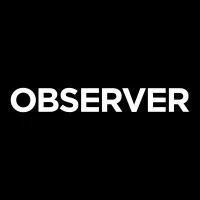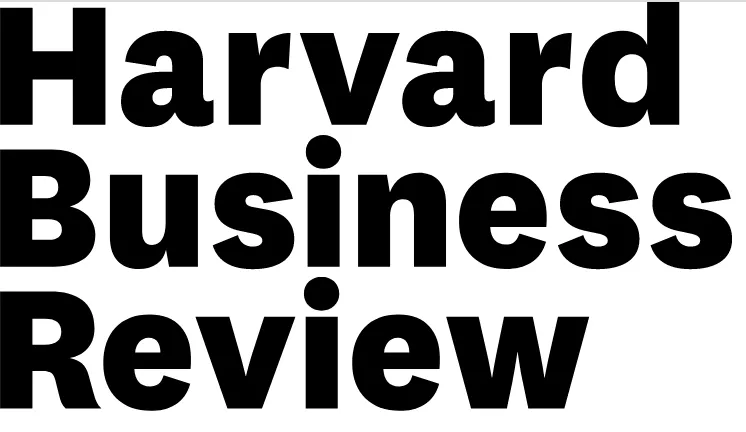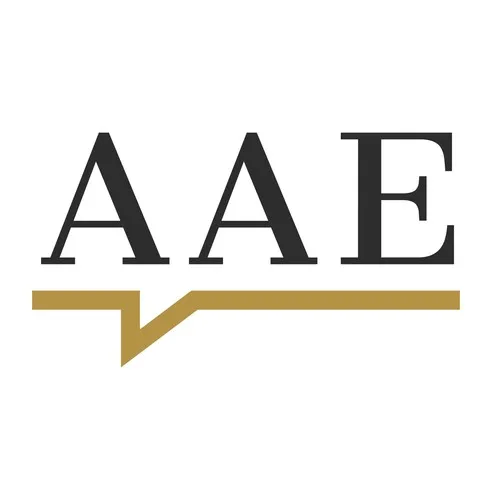Share Your Story and Evolve
The best EVP in the world means nothing if it's a well-kept secret. And even the best systems decay without continuous improvement. This final part focuses on amplifying your people-first approach to attract talent and using data to continuously evolve. Too many organizations do great work internally but fail to share it externally, missing opportunities to attract like-minded talent.
Transform Your EVP into a Talent Magnet
You can have the most sophisticated flexibility policies and purpose-driven culture in the world. But if prospective employees never discover them? They're worthless. Modern employer branding requires the same strategic thinking and user focus as consumer marketing.
The Hidden EVP Crisis
Here's a painful truth: countless amazing workplace cultures die in obscurity. Small companies doing innovative work in employee experience lose talent to big brands with mediocre cultures but better marketing. This isn't just unfair; it's a massive missed opportunity.
The cost of invisible excellence extends beyond hiring. When your current employees can't easily share what makes your workplace special, they can't become brand ambassadors. When candidates can't find evidence of your culture online, they assume you don't have one.
Radical Transparency as Strategy
Every touchpoint should spotlight what matters. LinkedIn job posts, digital offer letters, career pages, all of them need to showcase remote/hybrid schedules, published salary bands, and location-agnostic perks. Prospects instantly recognize that "work-anywhere, fair-pay" promise setting you apart.
But transparency goes deeper than policies. Consider publishing your employee handbook. Share your actual diversity statistics. Post your eNPS scores. When candidates see real data instead of vague promises, trust builds before the first interview.
Progressive organizations journey-map the entire talent lifecycle. They run A/B tests on job ads and onboarding emails. They iterate based on candidate feedback. Firms applying product thinking to employee experience boost offer acceptance rates by 27%.
Stories Across Every Channel
Day-in-the-life video reels showcase actual flexible work arrangements. Not staged marketing videos, but authentic glimpses into how your teams really work. Show the parent who takes a midday break for school pickup. Feature the developer coding from a different country each month. Highlight the team that collaborates asynchronously across time zones.
Interactive culture-add case studies demonstrate values in action. Share specific examples of how diverse perspectives led to breakthrough solutions. Behind-the-scenes livestreams humanize leadership and reveal authentic workplace dynamics. Mix up your media to reach different audiences.
Create employee takeovers of your social media. Let team members share their actual workdays, challenges and victories included. Authenticity beats polish every time.
Defeating the Remote Work Myths
Worried people think remote work means isolation? Address it head-on. Capture those off-site retreats, local coworking pop-ups, and quarterly team gatherings. Use photo essays and participant reflections to show how remote cultures deliberately invest in face-to-face relationship building.
Publish real-time engagement scores, growth metrics, and retention rates straight from your HR systems. When ThredUp publicly shared their four-day workweek resulted in 55% lower turnover, it validated their flexibility commitment better than any mission statement could (Business Insider, 2023).
Measure What You Want to Multiply
Building a magnetic EVP isn't a "set it and forget it" project. Organizations serious about flexibility-first talent strategies track specific metrics indicating both employee satisfaction and business impact. What gets measured gets managed, and what gets managed improves.
The Set-and-Forget Trap
Most EVPs fail for a simple reason: they're built with great fanfare, then left to decay. The launch gets attention, resources, and executive support. Six months later? The initiatives are running on autopilot, the metrics aren't being reviewed, and what started as transformation becomes just another forgotten program.
This pattern is so common it's predictable. Without built-in mechanisms for evolution, even the best-designed EVP will become outdated. Markets change. Employee expectations shift. What worked last year might actively harm you this year.
Metrics That Predict Success
Engagement frequency serves as your early warning system. Monitor participation rates in pulse surveys, all-hands meetings, and optional learning programs. Declining engagement often precedes turnover, giving proactive leaders time to intervene.
Purpose alignment scores from weekly pulse surveys reveal whether employees connect their work to organizational mission. Track this metric over time, segmented by department and tenure. You'll quickly identify pockets needing additional support or communication.
Time-to-productivity for new hires indicates onboarding effectiveness in distributed environments. Organizations with strong flexible work support see new employees reaching full productivity 30% faster than those using traditional, location-dependent onboarding.
Internal mobility rates demonstrate whether growth opportunities match employee ambitions. High-performing flexible organizations see 40% more internal transfers and promotions. This indicates robust development pathways despite physical distance.
Employer Net Promoter Score (eNPS) captures overall satisfaction and advocacy. Flexibility-first organizations consistently score 20-30 points higher than traditional employers. That translates to stronger talent referrals and authentic brand amplification.
Feedback Loops That Drive Action
Collecting data means nothing without action. Build rhythms that turn insights into improvements:
Quarterly pulse survey reviews with leadership, where you identify trends and commit to specific actions. Publish "You said, We did" updates showing how employee feedback drove real changes. This proves you're listening and encourages continued participation.
Conduct stay interviews with high performers each quarter. These proactive conversations reveal what's working and what could drive your best people away. It's far more effective than exit interviews, which come too late to matter.
Course Correction Without Chaos
When metrics reveal problems, resist the urge to change everything at once. Identify the single highest-impact improvement you could make. Implement it thoroughly. Measure the results. Then move to the next priority.
Sunsetting ineffective programs requires grace. Acknowledge what you tried, share what you learned, and explain why you're moving in a new direction. This transparency builds trust even when initiatives fail.
Share your learnings publicly. Blog about what worked and what didn't. Present at conferences about your EVP journey. This positions your organization as thoughtful and evolutionary, attracting candidates who value growth and learning.
Implementation Roadmap
Ready to transform flexibility from perk to strategic advantage? Here's your practical 12-month journey from traditional to magnetic EVP. Remember, this isn't about perfection; it's about consistent progress.
Phase One: Foundation First (Months 1-3)
Audit your current HR technology. Identify the biggest gaps preventing efficient remote operations. Choose one core system to implement first, whether HRIS, ATS, or performance management. Focus on achieving full adoption before adding complexity.
Simultaneously, clarify and communicate your organizational purpose. Run workshops to ensure every team member can articulate your mission. Establish baseline metrics for the one key indicator you'll track religiously.
Engage fractional People Ops support if you don't have internal expertise. They can accelerate your foundation building and help avoid common pitfalls.
Phase Two: Living the Change (Months 4-6)
Design your culture-add hiring protocols. Train interview panels on bias reduction and diverse evaluation. Create behavior-based scorecards that measure innovation potential, not just fit.
Launch weekly check-ins to replace any annual review processes. Start small with one willing team, prove the model works, then expand. Begin collecting impact stories that demonstrate purpose in action.
Implement your first quarterly growth sprint, pairing employees for skill development. Track the results carefully; this data will help you refine the program.
Phase Three: Going Public (Months 7-9)
Develop multi-channel content showcasing your flexibility policies and cultural reality. Start with employee-generated content, which feels more authentic than polished marketing.
Publish your first transparency report with real metrics validating EVP promises. Include the good and the areas for improvement. Honesty builds trust.
Optimize your candidate experience based on feedback. Map every touchpoint from job posting to offer letter. Remove friction and add moments of delight.
Phase Four: Scale and Refine (Months 10-12+)
Analyze your metrics to identify highest-impact EVP elements. What's driving the most engagement? Where are you seeing the best ROI? Double down on what works.
Sunset ineffective initiatives gracefully, sharing lessons learned. This shows you're data-driven and willing to evolve.
Begin sharing thought leadership about your EVP journey. Write articles, speak at events, participate in podcasts. Position your organization as a leader in people-first practices.










